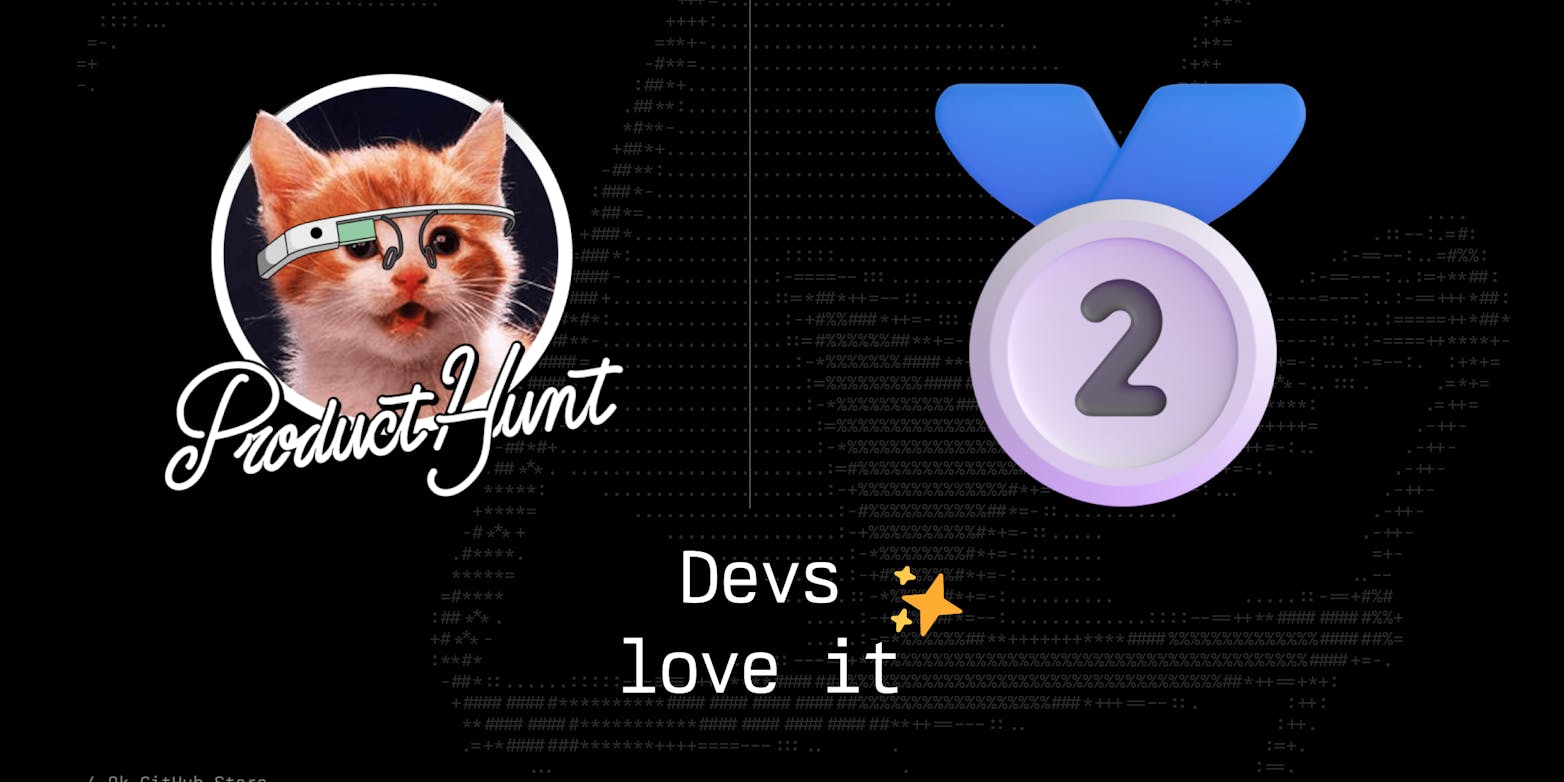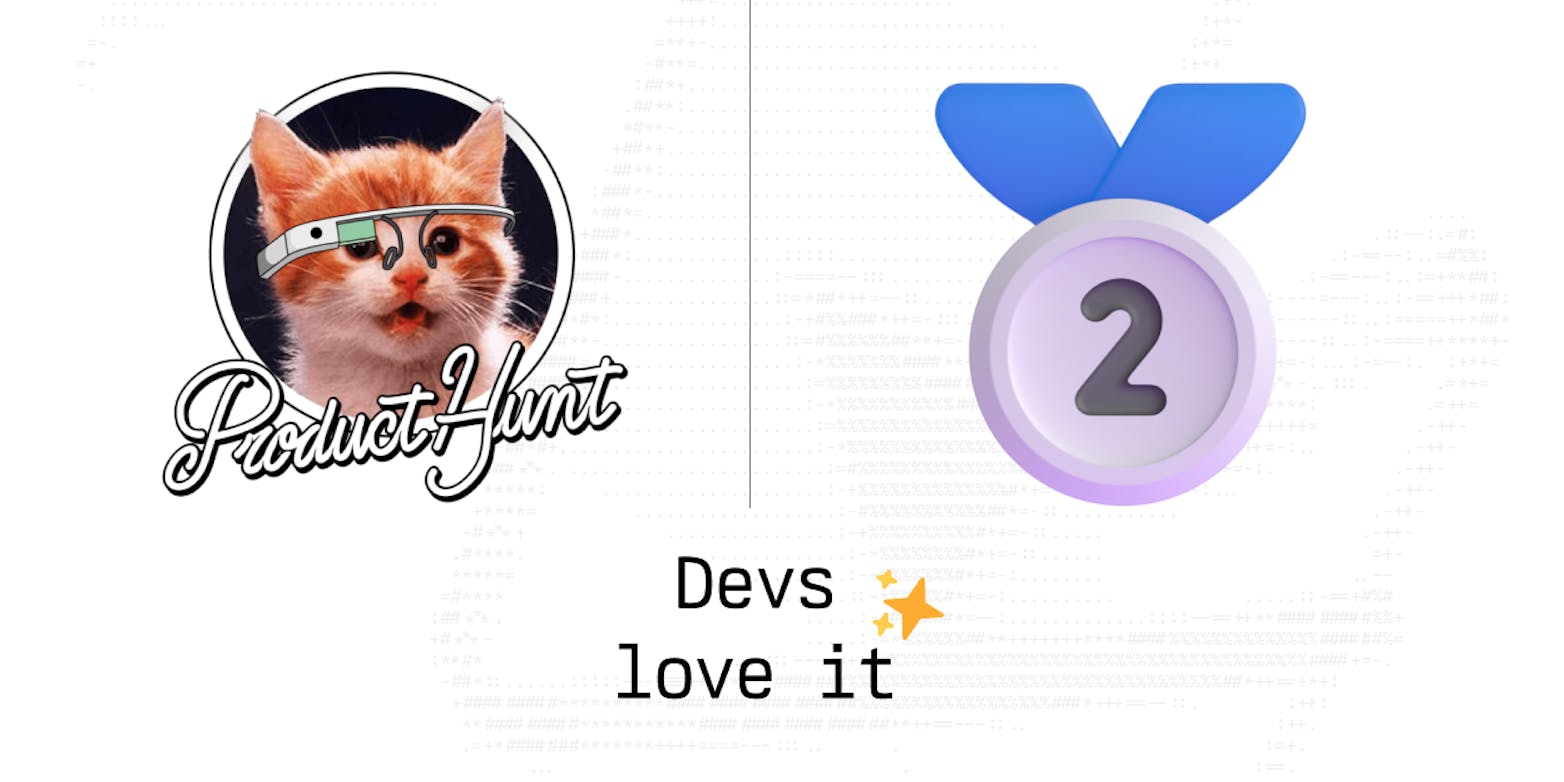As the CEO and co-founder of Panobi, I've had the privilege of leading growth initiatives for some of the most successful companies in the world. But my journey truly began when I became the first head of growth at Slack, taking the company from 500,000 DAU (daily active users) to 6 million DAU in just two and a half years.
In this article, I'll share some of the key insights and strategies that not only helped me drive this growth, but can also inspire you to achieve similar results in your own business.
The fundamental lesson?
Relentlessly optimize the user experience by deeply understanding your customers' needs and delighters.
Merci Grace
Before my arrival, the Slack team had already catalyzed remarkable product-market fit by catering to developers' and engineers' workflows and integration demands. However, there was basically zero infrastructure around user acquisition, activation, and funnel optimization. On Day 0, I asked about conversion metrics only to be met with crickets.
From those humble beginnings, we built one of the pioneering growth teams in tech that swelled to 50 cross-functional professionals by my departure.
Make Everyone Accountable
One of the smartest decisions we made was to align the entire growth team around a critical metric: the activation rate. Every team member, including our marketing team, was evaluated based on their ability to generate new activated teams, rather than vanity metrics like homepage views or conversions.
This laser focus on activation ensured that all team members worked towards the same goal, making us far more effective than if each person had been siloed within their expertise bubble.
To achieve this, we had to deeply understand our users and what drove them to activate.
Seek Insight from Non-Users, Not Insiders
When you're fully indoctrinated into using your own product daily, it's dangerously easy to lose perspective. Little nuances and delighters that seem obvious internally often are not apparent to newcomers evaluating your utility.
For instance, we were unexpectedly surprised by the enthusiasm for Slack's seamless drag-and-drop file-sharing capability. To our jaded eyes, it was just a basic operation. However, conducting research with prospective new users revealed it consistently prompted "wow" reactions as a killer experience enhancement.
The lessons? Firstly, frequently expose your product to non-users within your target persona. They'll expose UX blindspots your veteran team has developed. Secondly, relentlessly harvest and evaluate user feedback - both qualitative and quantitative data. The signals revealing what resonates are often subtle and surprising.
The Power of Product Writing
As we dug deeper into user behavior, we realized that the language we used in the product significantly impacted adoption and engagement. We ended up hiring product writers and starting Slack's product writing division to help us refine our messaging.
One example was the step in the onboarding flow where users choose their team URL (e.g., daytona.slack.com). We struggled with this because many people didn't know what a URL was. We tested different terms like "web address," but ultimately found that using the correct jargon was most effective. The people who understood it got a firm grasp of the product, while others just moved on to the next step.
The takeaway? Use precise technical naming for UI jargon - the target audience will understand the terms of the trade. Instead of complicating things under the guise of simplicity, incorporate user experience features that cater to beginners and allow them to skip ahead easily.
Building the Right Team
Finding the right talent is crucial for driving growth, but it can be challenging to identify the true high-performers. The best approach is to focus on what candidates can actually do, rather than their credentials.
For example, when hiring for the growth team at Slack, I knew that someone who had been a PM on Instagram's growth team probably wouldn't be the best fit for us. They were used to Facebook's incredible internal tools and infrastructure, whereas our role required much more scrappiness and creative problem-solving.
Instead of looking at resumes, I had candidates do real work as part of the interview process. I wanted to see how they broke down problems, generated unique solutions, and communicated their ideas. The ability to think on your feet and articulate your thought process was essential in Slack's product culture.
When building new teams, you must act as an incubator, providing a safe harbor for experimentation and growth. I helped start the product writing, user research, data science, and data engineering teams, finding strong managers to lead them as they matured. My goal was always to set these teams up for success and then let them run free.
Leveraging AI for Growth
There's been a lot of hype around AI and its potential applications for growth. However, it's important to approach these technologies with a clear understanding of their capabilities and limitations.
Before investing in any AI-driven feature, growth teams need to dive deep into the technical details and assess the ROI. How much will it cost in terms of compute resources and actual dollars? Is there enough user data to train effective models? Many startups claim to offer AI-powered solutions, but in reality, they often don't have sufficient data to deliver on their promises.
That said, AI can be incredibly powerful when applied thoughtfully. The key is to stay grounded in the fundamentals of growth and use AI as a tool to enhance existing strategies, not as a silver bullet.
Growth is an Entire Company Responsibility
Ultimately, growth is everyone's responsibility. From engineering to sales to customer success, every team plays a role in creating a great user experience and driving the company forward.
The growth team's job is to be the connective tissue that brings all of these pieces together. They need access to data and insights from across the organization to identify opportunities and optimize the user journey.
To make this work, leaders need to create a culture of collaboration and alignment. Teams shouldn't be competing against each other or hoarding information. Instead, everyone should be working towards the common goal of growth, with the growth team providing the strategic direction and support.
When done right, this approach can be incredibly powerful. It allows the growth team to move quickly and effectively, without getting bogged down in internal politics or red tape.
Conclusion
Driving growth is hard work, but it's also incredibly rewarding. Companies can unlock tremendous growth potential by focusing on activation, building the right team, and aligning the organization around a common goal.
The key is to stay focused on the user and continuously iterate based on their feedback and behavior. This requires a culture of experimentation, collaboration, and customer-centricity. By staying grounded in the fundamentals while embracing new tools and strategies, growth leaders can help their companies thrive.
I feel incredibly privileged to have played a part in Slack's growth story, and I'm excited to apply these insights in my role at Panobi, where we're building the ultimate command center for growth teams. By empowering companies with the tools and strategies to optimize their user experience and drive exponential growth, we aim to help businesses achieve the same kind of success that Slack experienced. If you want to learn more about how Panobi can supercharge your growth efforts, I invite you to explore our platform and join us on this exciting journey.
Note
This article is part of our #FriendsOfDaytona series, featuring insights from leaders and experts in the Daytona community.








